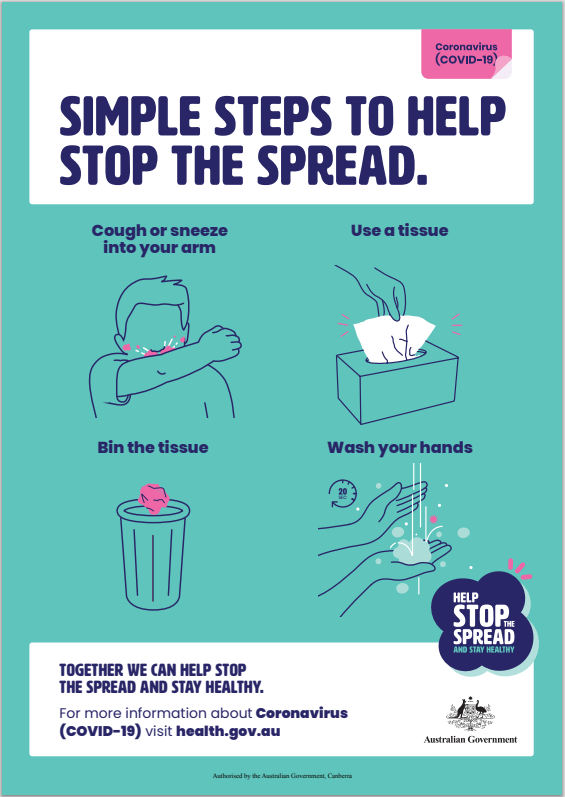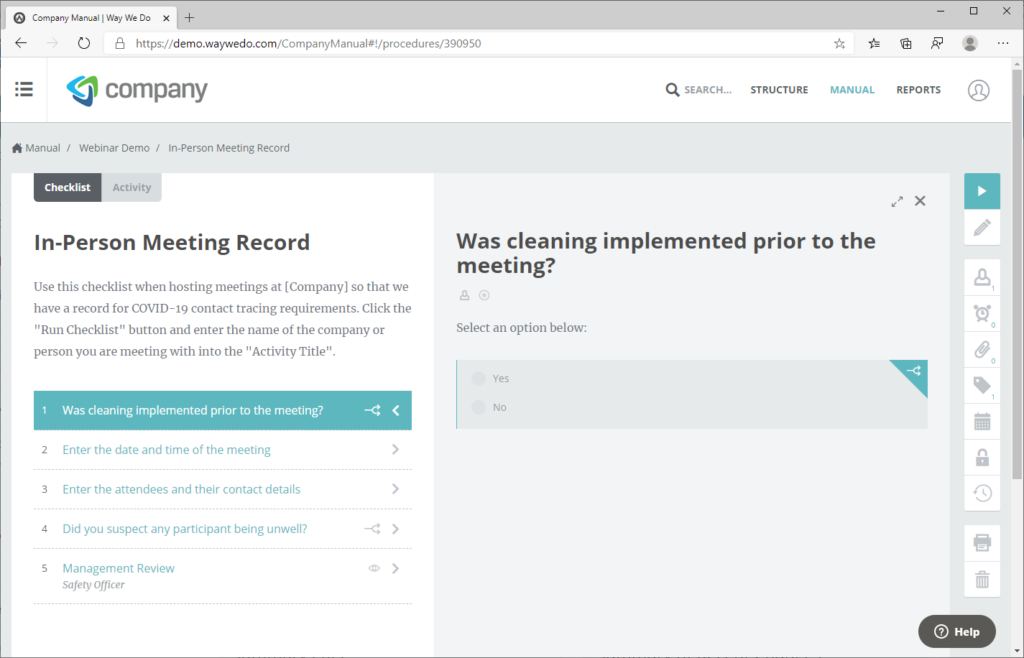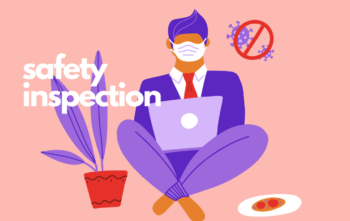As people around the world head back to work, employers and managers need to consider the COVID-19-related risks of team and customer meetings. Do you need to make any changes to your in-person meeting policy and procedures?
The World Health Organization (WHO) states that one person in five who contracts COVID-19 will be hospitalized for treatment. So, before holding any face-to-face meetings, it’s important to identify what components will form your In-person Meeting Policy, and develop any related processes and procedures. The key factors you should plan for are what happens before the meeting, what to do during the meeting, and what to do after it.
Before the Meeting
What sort of meeting should you have?
Get advice from your local authorities and monitor where COVID-19 is circulating. In your policy, refer to the relevant health or government authority for the local area where you have meetings. Keep your team aware of any immediate changes and recommendations these officials make.
Your meeting policy may also include a decision framework to help your employees consider:
- if an in-person meeting is necessary in the first place, or if a Zoom or teleconference would be just as effective
- if the meeting can be scaled back so only a few people need to attend face-to-face, while others join via a teleconference, with notes going out later to those who couldn’t attend
- any new restrictions or directives local health authorities have put in place that may impact the meeting.
Arming your team with this kind of framework will empower them to make decisions on the best channel for holding a meeting that also minimizes participants’ risk of infection.
Special supplies
You may like to include a ‘Required Supplies and Materials’ section in your meeting policy. You can then specify what’s needed for in-person meetings – like tissues and hand sanitizer, or spare face masks for those who may want one. You’ll also need to think about things like lidded bins for people to dispose of tissues, and any PPE specific to your industry or circumstances. As well as a list of supplies, you may also want to include information in your policy about:
- supply levels – minimum levels of particular supplies that your office and/or sites need to keep in stock
- re-stocking procedures – when to re-order stock, and whether that should be based on minimum count levels, or a regular frequency, so you’re never caught without the essentials.
Communication processes
An element you should include in your meeting policy is a communication process for participants, organizers, caterers and reception staff.
Make sure your meeting invitations include information on what your company is doing to ensure safe meeting spaces, and what to do if they’re feeling unwell. If someone is showing symptoms, or isn’t feeling well ahead of the meeting, offer them remote access to via Zoom or telephone link – just to reduce everyone’s risk of exposure.
The World Health Organization recommends meeting organizers’ communications with participants ask for their contact details as well. This way, if one of the participants begins to show symptoms after the meeting, local public health authorities can issue a formal alert notice to those who attended, and contain any spread. The contact details you’ll need should be on the participants’ business cards: mobile or cell phone, email, and business address. If they’re from out of town, you’ll also need the address they’re staying at. Those who would rather not share that information, should not attend the meeting in person, but remotely instead.
Make sure your staff are all well informed on how to interact with people coming in from outside the office – regardless of why they’re there. Whether your team member is on reception, organizing or hosting the meeting, they should know how to welcome attendees. This might include:
- assuring visitors of what your company is doing to maintain a safe space
- how to interact safely, and without touching
- showing them where to find tissues, bins and hand sanitizer
- what to do if anyone starts to feel unwell
- where to call for COVID-19 advice after the meeting.
During the Meeting
Preparing the space
Make sure your policy covers things like how to arrange and prepare the meeting room, including:
- sanitizing door handles, chair rests, table surfaces and any shared stationery, both before and after the meeting
- seat-spacing – participants should be at least 6 feet or 1.5 meters apart
- making alcohol-based sanitizer dispensers readily available
- making spare disposable face masks readily available
- opening windows and doors for appropriate ventilation
- displaying posters that communicate key messages.
COVID-19 Symptom Response Plan
Make sure your policy includes a Response Plan of what to do should someone at the meeting show symptoms of COVID-19, such as a dry cough, fever, or a general feeling of illness. Train your staff on what to look out for and how to identify symptoms, and the types of questions to ask people attending meetings. Your Response Plan could include:
- a pre-identified room where you can isolate anyone showing symptoms
- a plan on how to safely transfer the affected person to a pre-determined health clinic
- what to do if one of the meeting’s participants, the organizer, caterer or one of your staff members tests positive for COVID-19 just after the meeting.
After the Meeting
When the meeting’s host closes the meeting, be sure to thank those who attended for cooperating with your company’s policy. The meeting organizer or host may also want to use the opportunity to check they have everyone’s complete contact details before they leave. Consider including the following post-meeting measures into your policy.
- Initiate cleaning procedures for the meeting space, and any other areas as appropriate.
- Keep details of the meeting, such as the date, attendees and their contact details, on file for one month. (Use Way We Do’s “In-Person Meeting Record” process template)
- Notify all those who attended the meeting if one of the participants was isolated due to a suspected COVID-19 case, and advise them to monitor themselves for symptoms. This includes twice-daily temperature checks for up to 14 days.
- Advise any participants who develop symptoms to self-isolate at home, avoid close contact with others, and contact their health professional.






